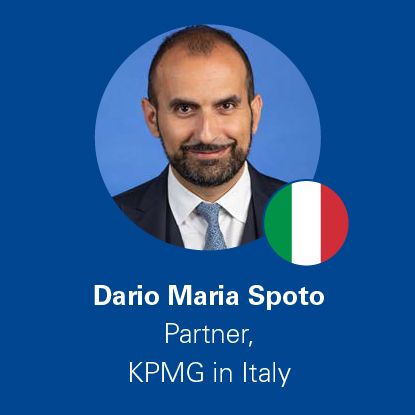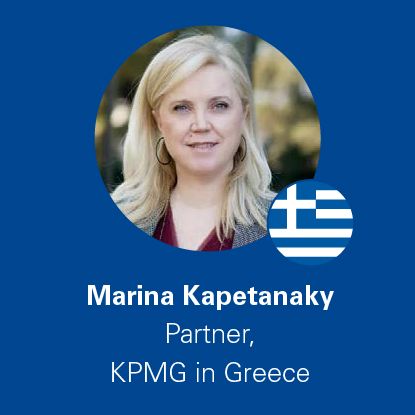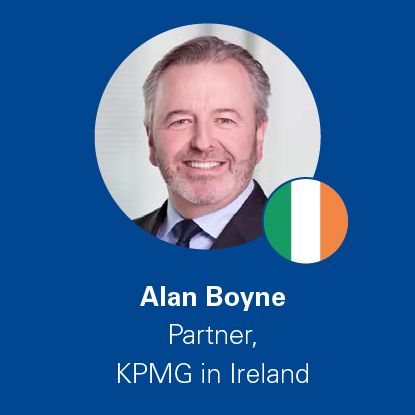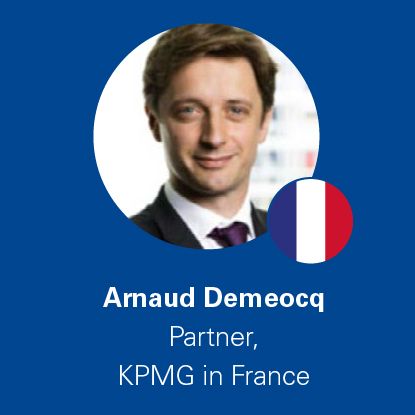The deterioration in asset quality due to COVID-19 has not been as strong as anticipated. This is largely due to the successful economic support measures put in place at the national and EU levels. On the other hand, macroeconomic developments — increasing tensions at the EU border, rising inflation and the persistent risk of new waves of COVID-19 — are looming over the anticipated recovery for 2022–2023.
The forecasts for the years ahead, projected strong growth across the Union as COVID-19 support measures largely remained in place — albeit most Member States are gradually winding down these programs — and the availability of additional funding through the Next Generation EU (NGEU) credit facility.
However, the geopolitical tensions unfolding in Ukraine will first impact EU countries due to the country’s close proximity to the Union and its strong economic relationships to the region. Therefore, the previously anticipated growth has been revised downward across the continent, particularly in countries with stronger reliance on imported fossil fuels.
In this report, we identify and discuss key topics of the European bank deleveraging landscape that we believe will take central stage in 2022. We also look back at how Europe’s loan-sale markets performed in 2021.
Key trends in the market

Macroeconomic developments looming over anticipated recovery
Increasing tensions at the EU border, rising inflation and the persistent risk of new waves of COVID-19 are looming over the anticipated recovery for 2022–2023.

Strategic partnerships on NPE management
Many banks are building strategic partnerships for NPE management (from asset sale to structured credit), such as outsourcing the workout through a partnership with a specialized restructuring fund.

Banks likely to accelerate their deleveraging strategies
Geopolitical uncertainties pose a threat to banks’ asset quality and will drive more conservative assumptions of default and danger rates in the short and medium term.

Regulatory activities likely to impact Europe’s NPL market
Concerns from the regulators remain that the real effects of the pandemic on banks’ credit risk might still be yet to come, as the benefits of the support measures erode.

Supervisory is key focus areas for credit risk management
The ECB’s first priority for 2022–2024 is to ensure that banks will emerge healthy from the pandemic.

European banks will likely face risk due to effects of COVID-19
Further deterioration in asset quality and additional provisioning needs may arise as economic support is slowly unwound and if COVID-19 vulnerable sectors do not return to pre-pandemic profitability and growth.

Servicing market evolution
The servicing market has evolved toward offering a combination of servicing capabilities and appetite to directly acquire credit portfolios.

Investor dry powder reached record levels in Europe
Limited investment opportunities in the short term could mean increasing competition for the same assets at a time where rising interest rates might result in higher costs for financing deals.

The securitization tool is key across Europe
NPL securitizations have been the key factor for the successful management of distressed exposures in the EU.
Our consideration about the market

Full report on Italian market ›
The Italian non-performing exposures (NPE) market is one of the largest in Europe, both in terms of deteriorated available stocks and portfolio deals. Italian banks have been consistently leveraging the GACS scheme in order to considerably reduce the NPL stocks in recent years. The last wave of GACS for 2022 (expired in June) and increased appetite to deleverage also under-performing portfolios, i.e. UTP, will sustain the volume of deals in the market; M&A driven growth strategies expected in the credit servicing industry, even in the context of extremely high macro-economic uncertainty.

We expect an increasing volume of secondary sales in the market on the back of the large securitizations that have already happened in the past two years. Similarly, and in line with the securitization Business Plans, we expect a very active real estate market supported by high demand while prices increase. Finally, we are closely monitoring the effect of the energy crisis and the impact of increasing interest rates that could lead to a new wave of NPLs.
See highlights from Greece ›

The Spanish market has shown great activity and relevant size of opportunities, allowing new investors to position in the market alongside other consolidated investors. Spain will likely continue to deliver opportunities on a wide range of asset types, from non-performing loans and real estate assets to reperforming and performing loans, including more specialized opportunities. Therefore, we will likely continue to see a large volume of assets being sold of a higher quality.
See highlights from Spain ›

The high levels of portfolio transaction activity in 2021 was primarily driven by the phased exits from the Irish banking market of KBC and Ulster Bank. It is anticipated that 2022 will continue to be busy with the wind down of the residual tranches of Ulster Bank’s loan portfolio alongside the continued deleveraging activities by the remaining pillar Irish banks of their legacy NPL and UTP portfolios. However, Ireland’s strong projected economic recovery post-pandemic will likely result in significantly less COVID- 19-related credit defaults than had been originally expected.

Market activity in 2021 continued to perform below pre-Covid levels. We expect volumes to continue to recover in 2022 with different asset classes being brought to market. Looking beyond 2022, the market will be driven by the rise of inflation and interest rates coupled with the economic slowdown and continued regulatory pressure.

Following two years of dynamic market, 2021 was characterized by a relative slow-down. In 2022, some significant portfolios both in the secured and unsecured space were placed on the market in the first semester. Investors appetite is still very high and the market is expecting a catch-up in Q4 2022 and in beginning of 2023.
For details on the European financial market and its impacts on the NPE market, sign up and download the full report.
Continue reading
Get in touch
Connect with us
- Find office locations kpmg.findOfficeLocations
- kpmg.emailUs
- Social media @ KPMG kpmg.socialMedia
Stay up to date with what matters to you
Gain access to personalized content based on your interests by signing up today





